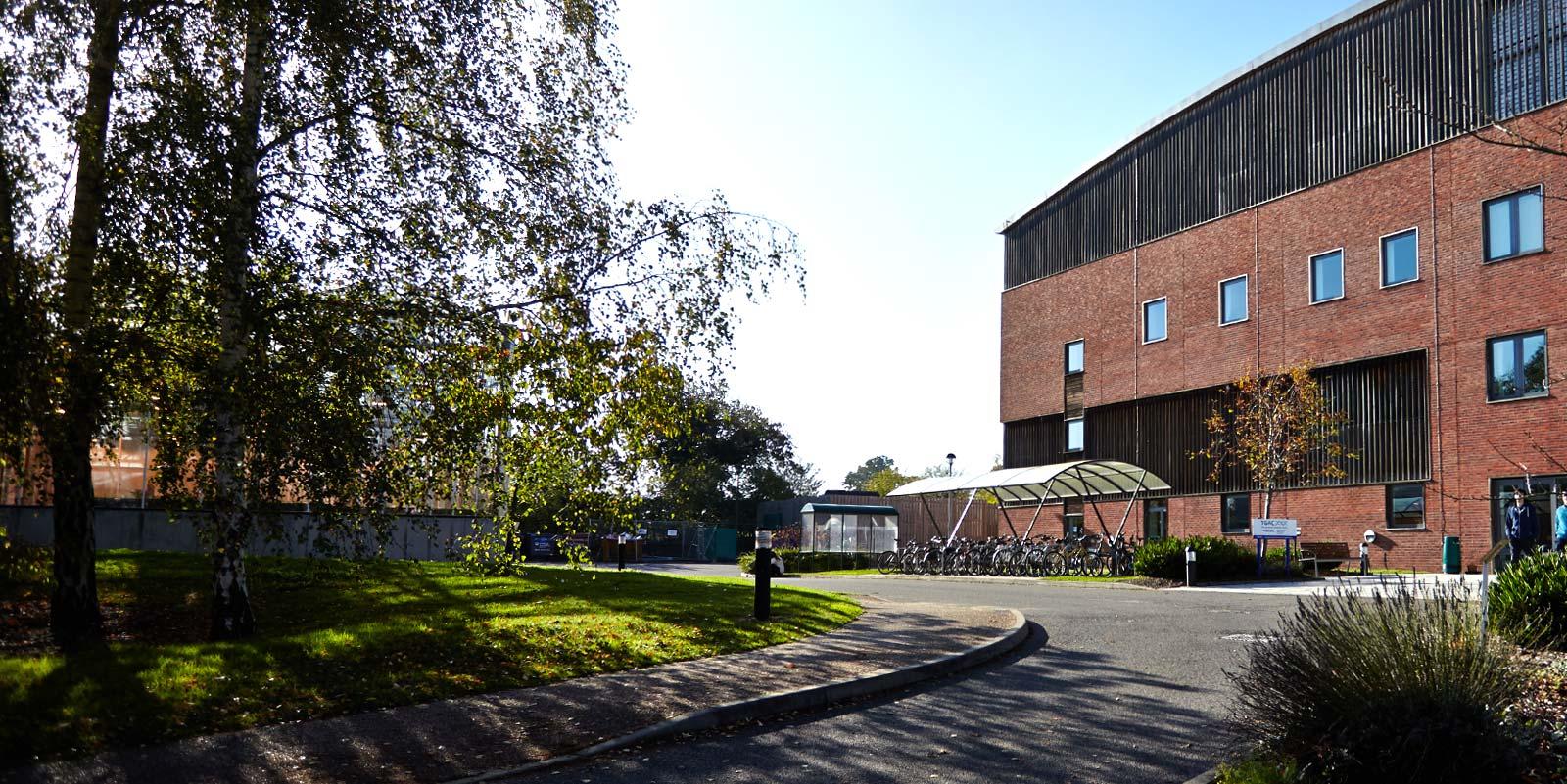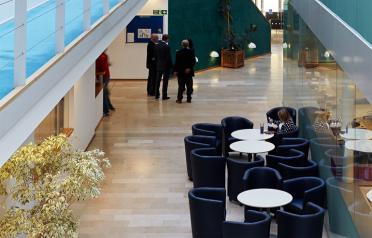In order to answer these pressing questions, we are exploring the breadth of biological solutions to the global food crisis - focusing not only on crops and livestock but on the pathogens and pests that infect and destroy them. We research how natural variation can be reclaimed from the wild ancestors and relatives of our most important crop species. Our cutting edge software helps crop breeders to better select for beneficial traits in diverse species essential for food, more sustainable biofuels, fallow for fields and grazing for livestock. We investigate alternative methods to aid us in detecting and responding to pathogens in the field, while using advanced techniques to closely monitor crop growth in real time, which can reduce the use of chemicals and increase crop yields.
We not only search for answers to questions directly pertaining to food security but also to intrinsically linked environmental issues. By exploring the mechanisms by which bacteria can acquire antibiotic resistance we can attempt to relate these to animal husbandry practices. Through monitoring the health of our oceans, soils and pollinators we can better understand the deleterious effects of chemical pollution and climate change on primary production and the ecosystems that we rely on in order to produce our food.
Advanced open access tools developed by our bioinformaticians help the international scientific community to better analyse and investigate findings in an era of big-data bioscience research, while being at the forefront in developing high-throughput genome sequencing using the latest in supercomputing technology.
We provide real-world solutions to global issues. Our research can be applied to fields, farms and industries from Norfolk to Vietnam, with high-tech and sustainable outcomes to increase yields, prevent losses and sustain environmental health and biological diversity.








